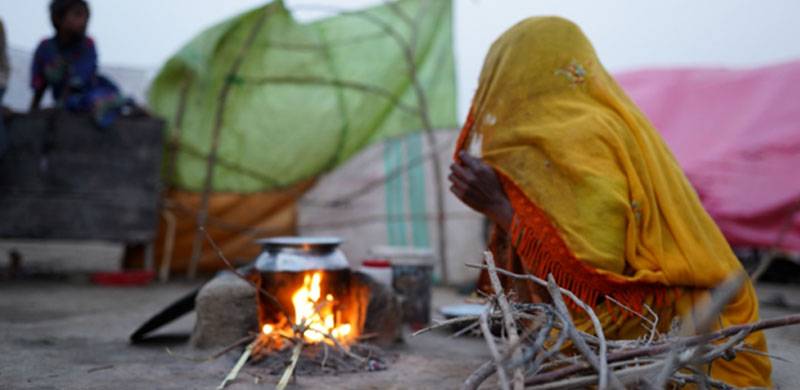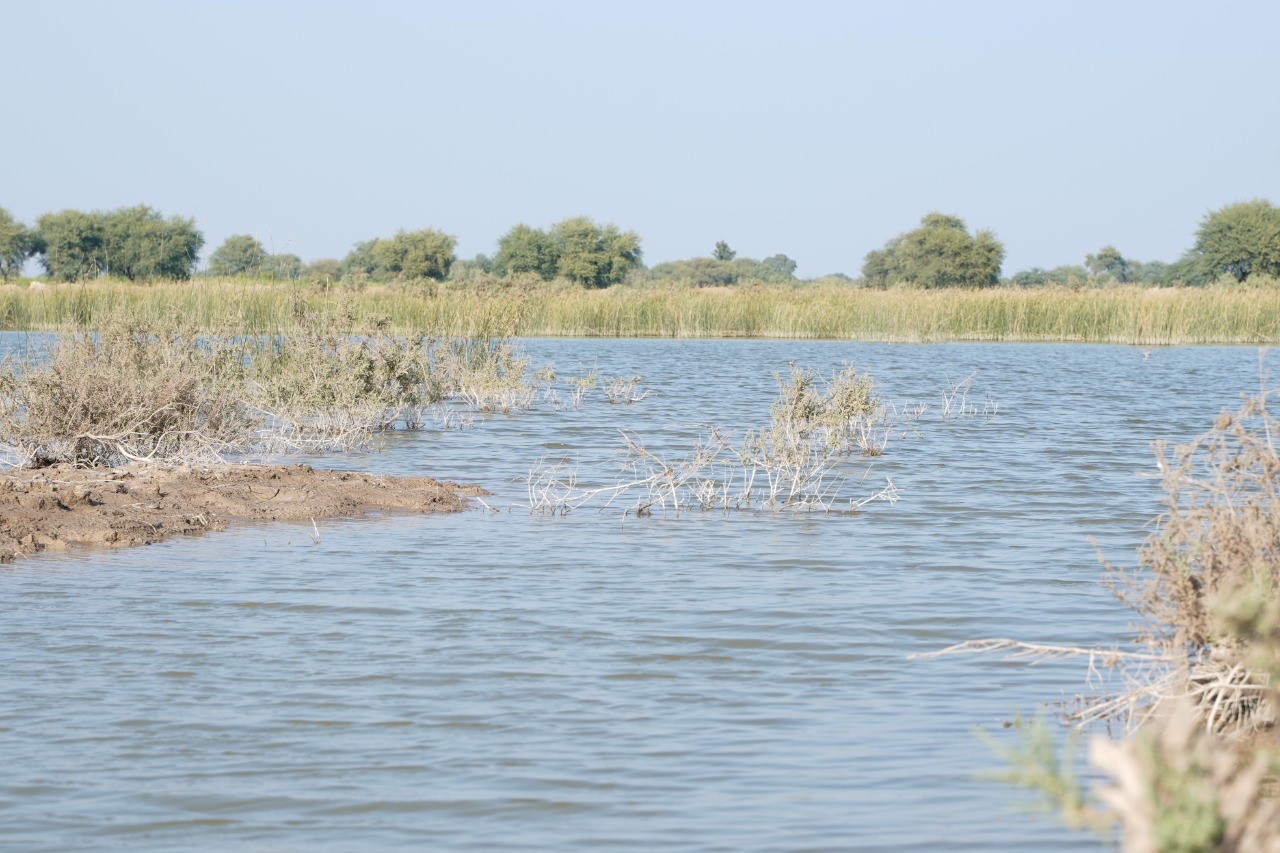
Pakistan is unsuccessfully trying to get out of a disaster situation. The country has received almost 190 percent more rain this year than its average of previous 40 years. It has affected almost 35 million people.
This year, the floods directly affected 10,518,110 people in Sindh, of which 538,390 people were displaced from their homes and are temporarily staying in camps. According to a report shared by the PDMA on social media, the floods displaced more than 162,029 children.
Food security is completely dependent on the economic status of the family. If we don't plan or strategize soon, we will face more problems. The little progress made on Sustainable Development Goals will go wasted. Pakistan would not be able to meet targets by 2050.
This year wheat cultivation in Sindh is almost non-existent. The rates of flour have started to touch the sky. There is fear that the rates of every basic grocery item will increase. Food insecurity may double in immediate future, especially in Umarkot, Badin and Tharparkar. The infant and maternal mortality rate in these districts is high.
Some 70 percent of the crops have been destroyed, and 3 to 4 feet of water is standing in the area. The local farmers will not be able to cultivate cotton, chilies and other viable crops specially wheat in the near future which will affect our economy directly.

Most farmers in the area belong to minority communities. They will be pushed further into poverty. In 2021, 115 people committed suicide out of which 99 people belonged to the Hindu community.
Pakistan must think more intently about de-watering through old channels and routes of Sindh and rebuild the damaged infrastructure, in accordance with the disaster risk reduction parameters. Entrepreneurship opportunities through subsidized initiatives and more occupational skills will support the flood-affected population recover from the current exhausted situation.
This year, the floods directly affected 10,518,110 people in Sindh, of which 538,390 people were displaced from their homes and are temporarily staying in camps. According to a report shared by the PDMA on social media, the floods displaced more than 162,029 children.
Food security is completely dependent on the economic status of the family. If we don't plan or strategize soon, we will face more problems. The little progress made on Sustainable Development Goals will go wasted. Pakistan would not be able to meet targets by 2050.
Most farmers in the area belong to minority communities. They will be pushed further into poverty. In 2021, 115 people committed suicide out of which 99 people belonged to the Hindu community.
This year wheat cultivation in Sindh is almost non-existent. The rates of flour have started to touch the sky. There is fear that the rates of every basic grocery item will increase. Food insecurity may double in immediate future, especially in Umarkot, Badin and Tharparkar. The infant and maternal mortality rate in these districts is high.
Some 70 percent of the crops have been destroyed, and 3 to 4 feet of water is standing in the area. The local farmers will not be able to cultivate cotton, chilies and other viable crops specially wheat in the near future which will affect our economy directly.

Most farmers in the area belong to minority communities. They will be pushed further into poverty. In 2021, 115 people committed suicide out of which 99 people belonged to the Hindu community.
Pakistan must think more intently about de-watering through old channels and routes of Sindh and rebuild the damaged infrastructure, in accordance with the disaster risk reduction parameters. Entrepreneurship opportunities through subsidized initiatives and more occupational skills will support the flood-affected population recover from the current exhausted situation.

